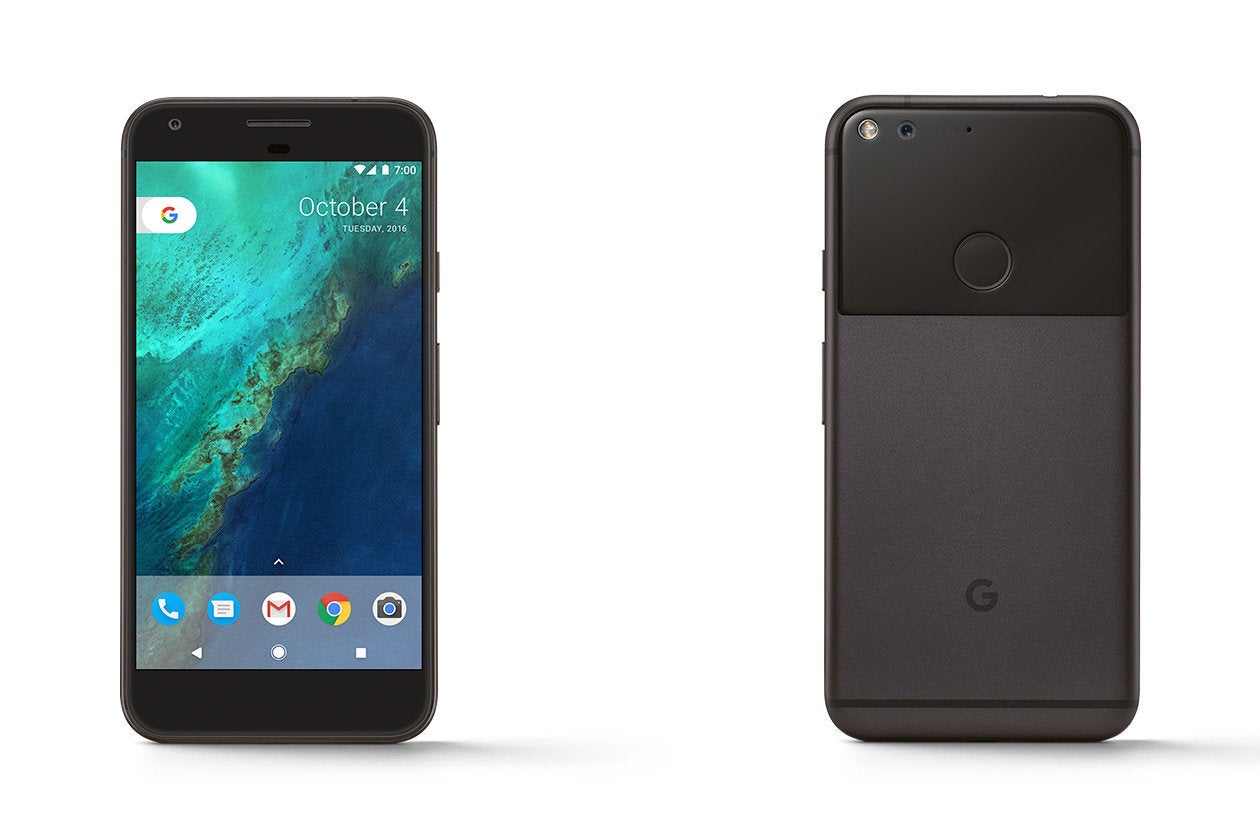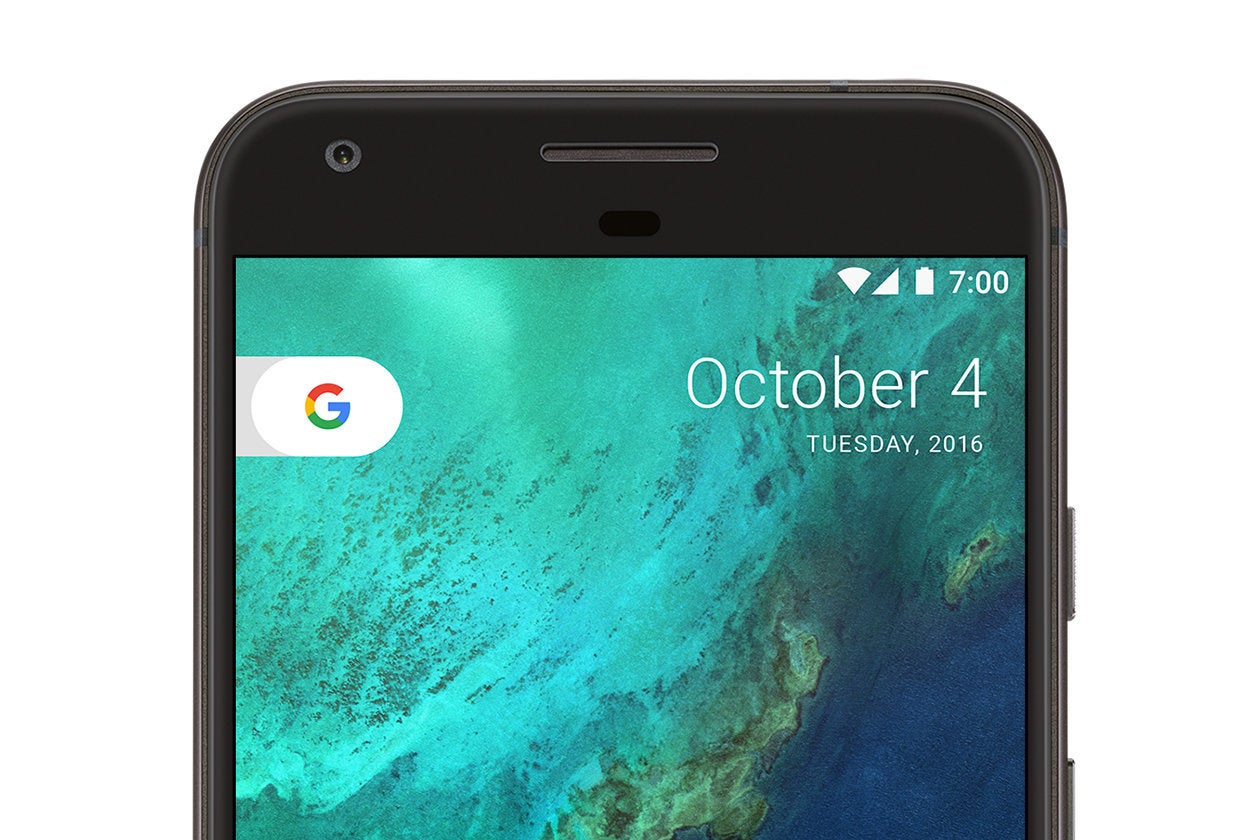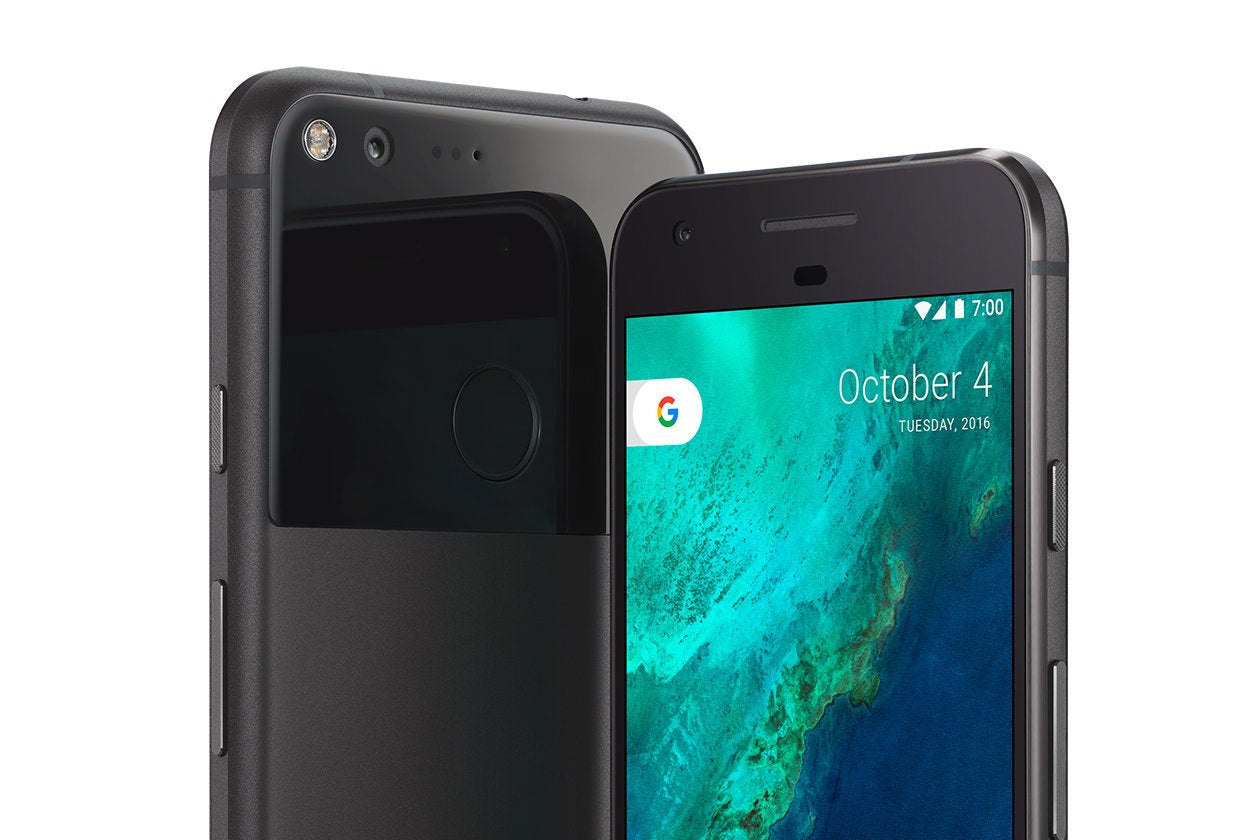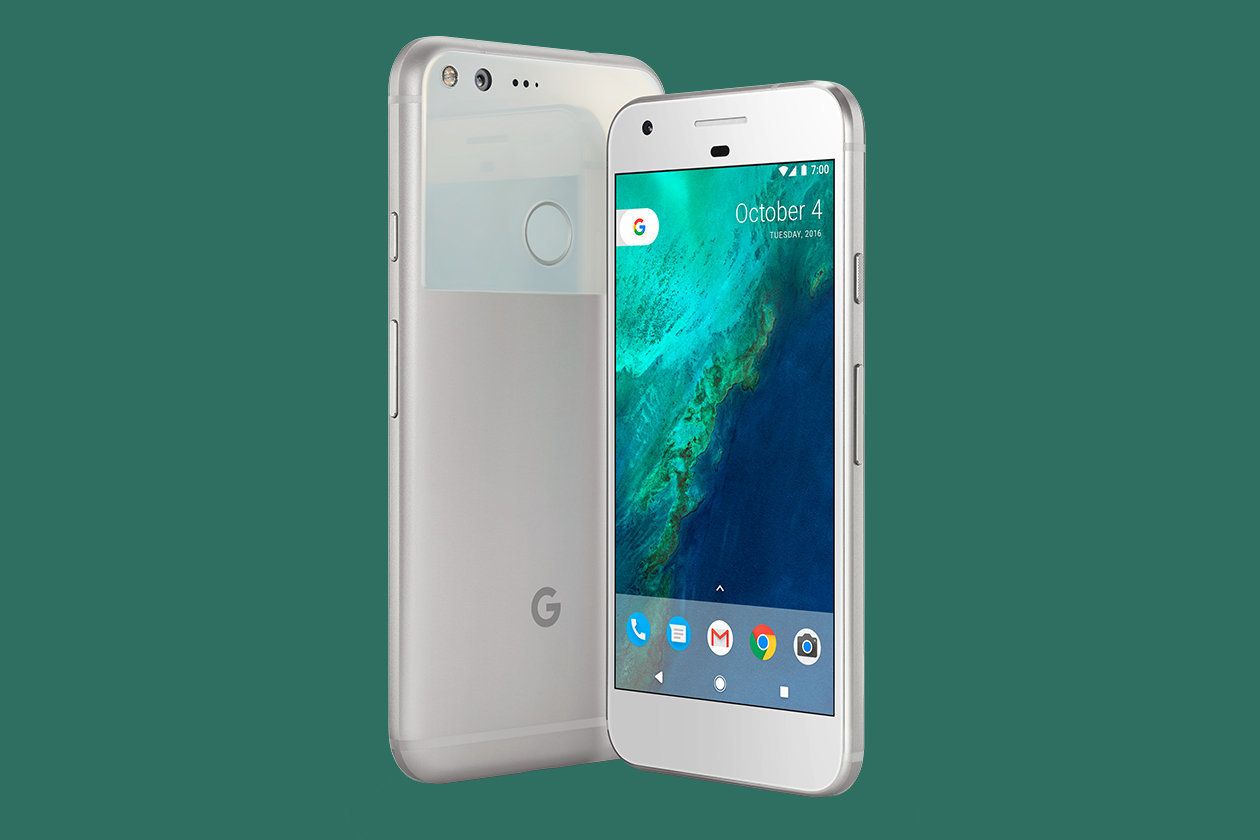The Google Pixel phone is unlike anything the company has made before, and that could be a problem.
Android, Google’s operating system, has always felt light, fluid and utterly customisable. When compared against the rigid performance of iOS it felt a little chaotic, and that’s one of the reasons we loved it.
Its winning formula was to provide the groundwork for a vast family of devices, across all price ranges that would then cater to every taste.
Google’s role as a hardware maker then was to create a “Pure Google” experience, one that was accessible to all and used manufacturers like LG, Samsung and Huawei to create minimalist, affordable devices that offered everyone the chance of owning a ‘flagship phone’.
The Pixel is none of these, it is an all-singing, all-dancing flagship phone and for the first time ever, it has a price tag to match.
Design

To be frank, the Pixel’s design is a contradiction of uniqueness and banality. There are strokes of originality that catch our eye, like the two-tone back which combines brushed aluminium with a glass back panel.
Yet in other areas the Pixel feels utterly tired. The chamfered edges of the phone feel pointlessly taken from HTC’s other designs while the overall shape and language feels lacking in gusto.
It’s not a bad-looking device by a long shot, it’s just not going to be turning any heads anytime soon.
In contrast, to hold and feel HTC Google have done a remarkable job with the XL. Its footprint is smaller than that of the iPhone 7 Plus and despite its still considerable size it feels comfortable to hold for long periods of time. It’s also lighter than it looks, a balancing act that was achieved through an almost imperceptible wedge design to the phone.

Is it durable? Well while it’s extremely rigid there has been an oversight with that camera, you see the glass back panel covers half the device and includes the camera lens. So should you drop your phone and inevitably smash the glass panel there’s a very high risk of you losing the camera too.
Screen
The Pixel XL’s 5.5-inch display is nothing short of stunning. It uses an AMOLED display which means that colours are fantastically rich.
It really is one of our favourite displays on a smartphone right now thanks to an almost flawless balance of colour reproduction that prevents it from feeling too cold or warm.

In terms of brightness it’s on par with Apple’s iPhone 7 and it performs well in direct sunlight.
Pixel density is also extremely high, which should bode well for when Google tries to sell you a virtual reality headset to go along with it.
Operating System
The Pixel and Pixel XL come running the latest version of Android 7.1 Nougat, which means you get some considerable changes including a new slide-up app drawer rather than a dedicated button at the bottom of the screen.
There’s also now a permanent Google icon on the top left of the display which if tapped opens up the search bar, and if swiped takes you to Google Now.

Another major new part of the operating system is Google Assistant, the company’s powerful new AI which can chat to your friends for you, order you a cab or even control your home.
Assistant was, it’s fair to say, a pretty big part of the sell that Google put across for the Pixel. Is it as good as it sounds? Yes and no. You see Assistant is essentially value added to every simple task you could originally ask of it.
By that we mean, if you ask it where to go for dinner, not only will it recommend a place but then you can book a table right within the conversation. It’s great at understanding the context of a situation too, perfect for questions based on a location.

It’ll only get better too, as integration with Assistant becomes wider and third-party apps get on board the whole system will feel more like the all-in-one remote we want it to be.
Where Google Assistant falters however is with one of the most important aspects of creating an artificially intelligent assistant, which is that it’s really awkward to talk to.
A perfect example of where this works well is Alexa. Calling your software Alexa means that from the get go your brain doesn’t feel it’s taking a stretch.
On the other hand, starting every request with “Ok Google” is for starters incredibly impersonal and secondly it’s an absolute nightmare to actually say. Try it right now, say “Ok Google” six times very fast in a row, it’s not pleasant is it.
Even Apple understood from the start that while it draws in some pretty scary visions of the future, one of the easiest ways to get people talking to technology is actually to trick them into thinking it’s human.
Camera
Now this is where the Pixel really shines. Both the Pixel and the XL have a truly outstanding camera.
Google’s calling it the best camera on any smartphone and while we’re not entirely buying into the hype that we’ve seen elsewhere, it’s certainly one of the best we’ve ever seen.

What makes the Pixel stand out from the crowd is the amount of heavy lifting it does for you, it is the ultimate point and shoot camera.
Post-processing, low-light performance and a number of other invisible features mean that if you’re on a bridge at sunset and fancy taking a snap, it doesn’t matter if you’re a pro or an absolute amateur because the Pixel is bound to capture something pretty special.
What gives the Pixel a potential edge over its competition is that Google is offering unlimited cloud backups of every photo or video take on the Pixel, for free.
That’s a big plus, and one that shouldn’t be overlooked considering how excellent Google’s Photos app is.
What makes this frustrating however is that Google’s offer doesn’t include any photos or videos taken on your previous phone. So if, like us, you tried to transfer everything over you might find that just on your old photos alone you’ll hit the limit of Google’s non-Pixel free image backup and will have the fork out a couple of quid every month just to make sure they won’t be lost forever.
Features & Battery Life
One aspect you’ll never have to worry about is the Pixel’s performance. It’s lightning fast and remarkably cool to touch even under extreme strain.
Multi-tasking is a breeze and not once did we feel like we were pushing the phone to its limit.
We’re a little disappointed that there’s no MicroSD card slot to compensate for the 32GB model, but to be honest that’s been the staple for all Google’s homegrown phones for a while so we can’t be too bitter.
Another sore point is that it’s not properly water-resistant. Sure it’ll fight off the odd spot of rain, but one has to ask: If Apple can finally be won round to idea of making a phone water resistant, why wasn’t this a required feature for the Pixel?
Battery life is, rather more positively, excellent. We haven’t tried the smaller Pixel yet but we’ve found that much like the iPhone 7 Plus, we were comfortably getting a day’s worth of battery from the Pixel XL, sometimes a little more.

Who should buy the Google Pixel XL?
This is Google’s iPhone. It’s that simple. As such there are achievements and compromises. If you’re after an incredibly well-built, powerful Android flagship, Google have given you a truly five-star smartphone. If you’re a photographer, the Pixel’s camera and cloud storage option make this a no brainer.
Who shouldn’t buy the Google Pixel XL?
The question you need to ask yourself is that without MicroSD, wireless charging and water-resistance, is the camera really worth it? The S7 is better designed, feels more future-proof and will almost certainly be replaced in a few months by the S8.
Pixel XL Price: 32GB £719, 128GB £819
